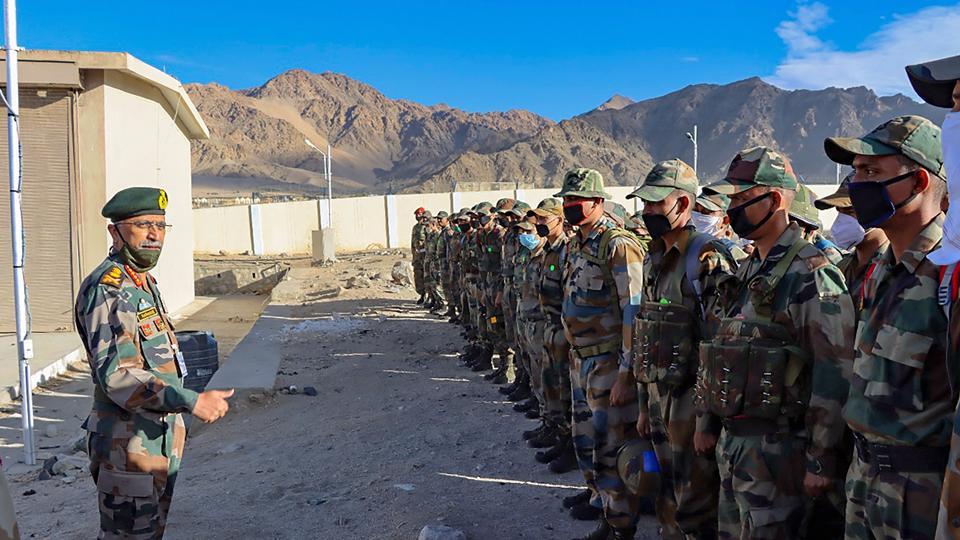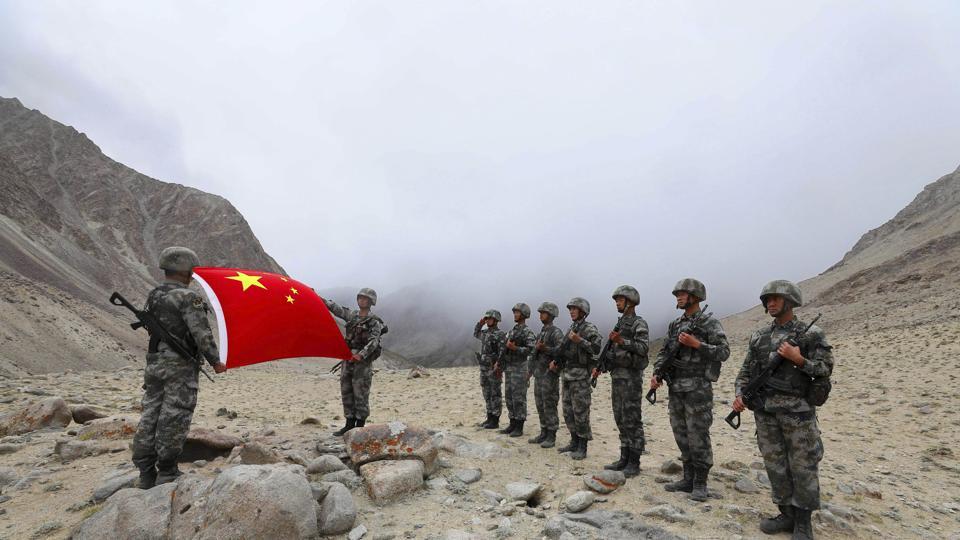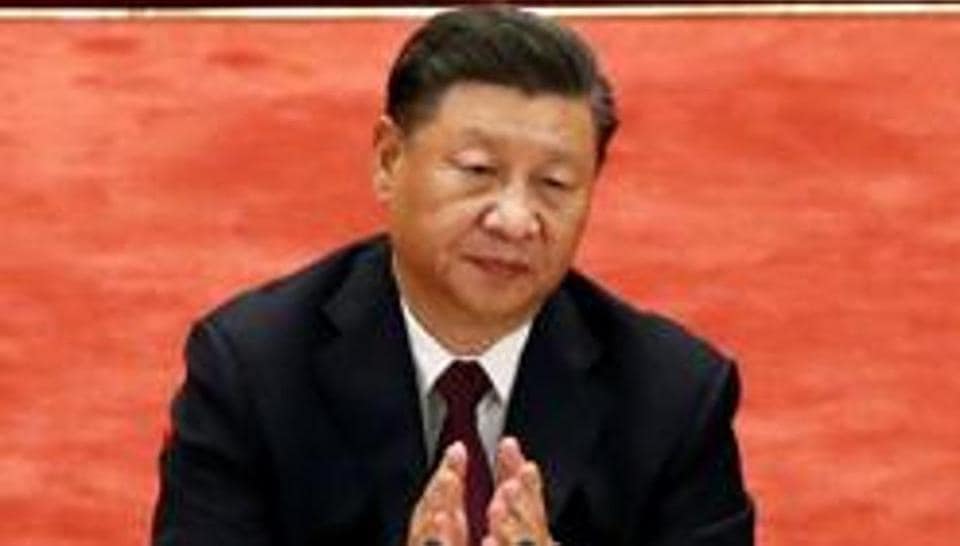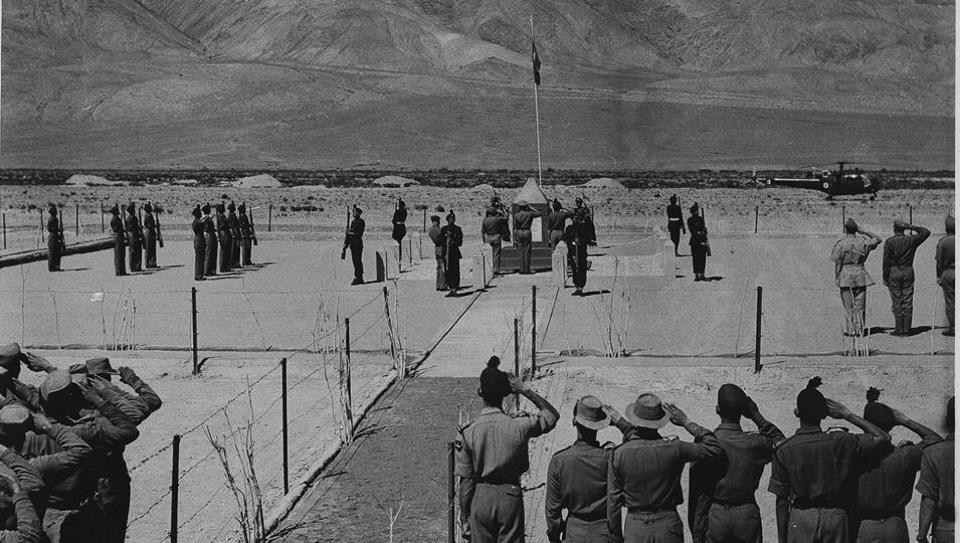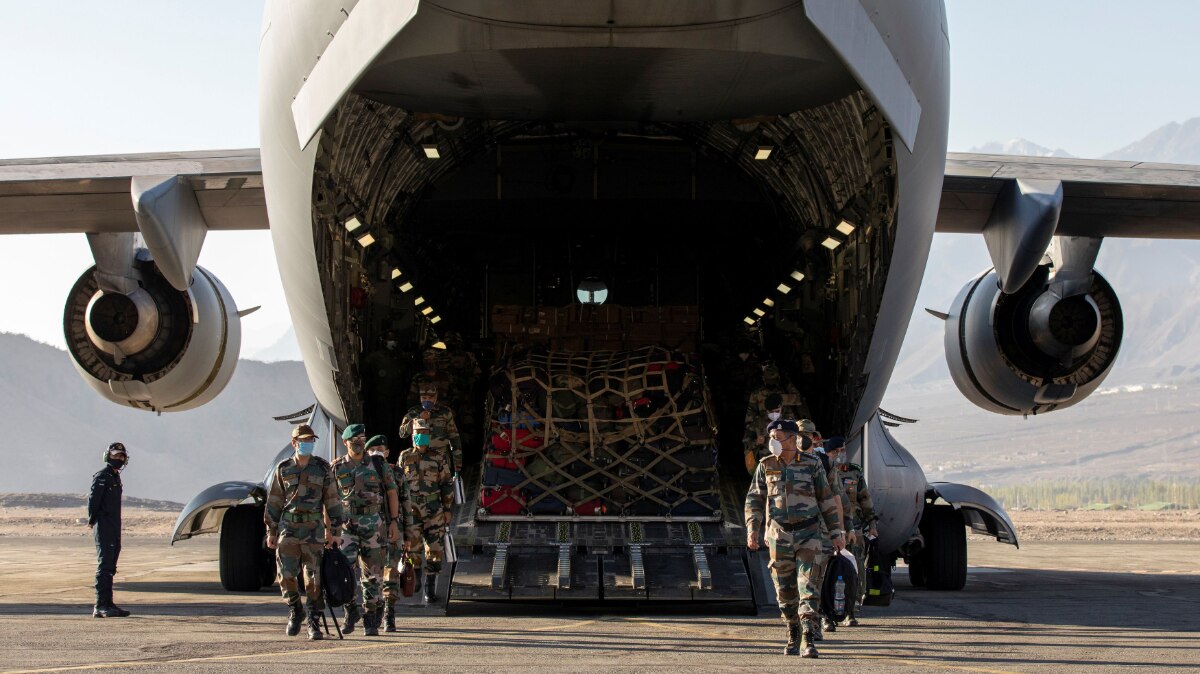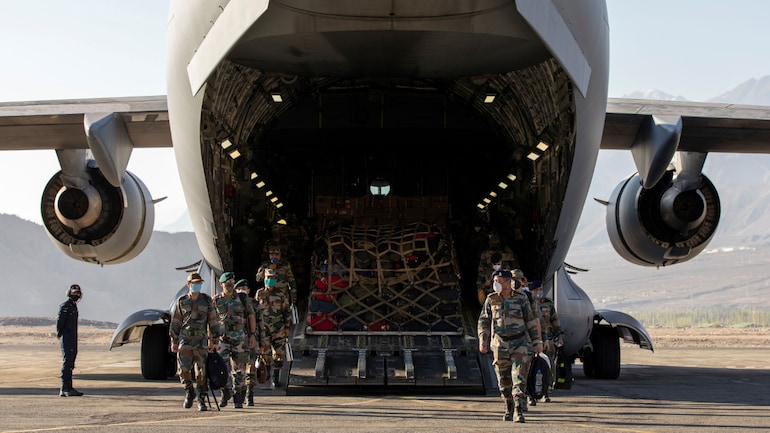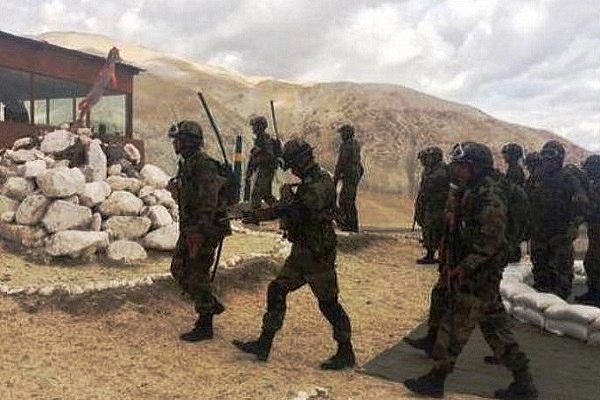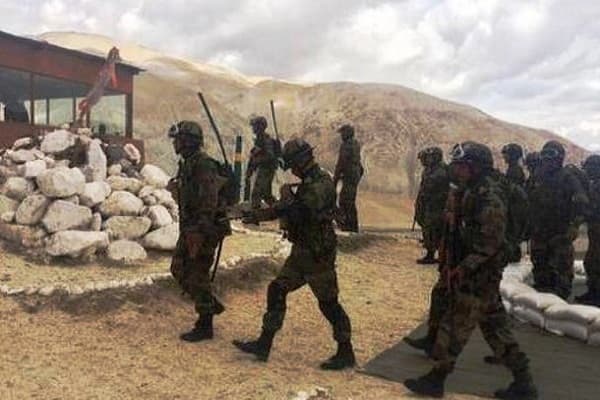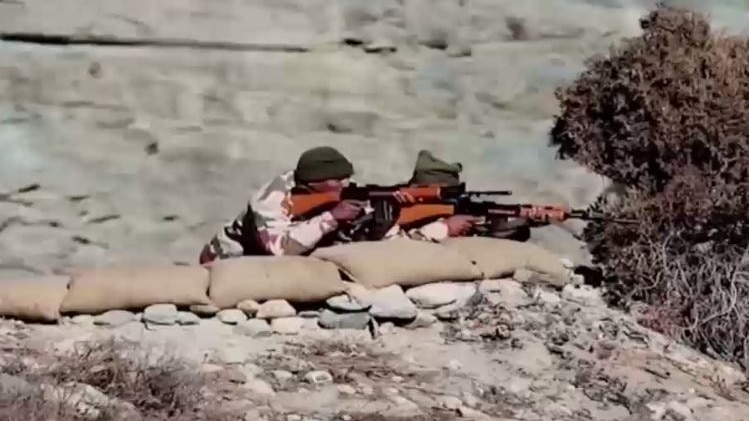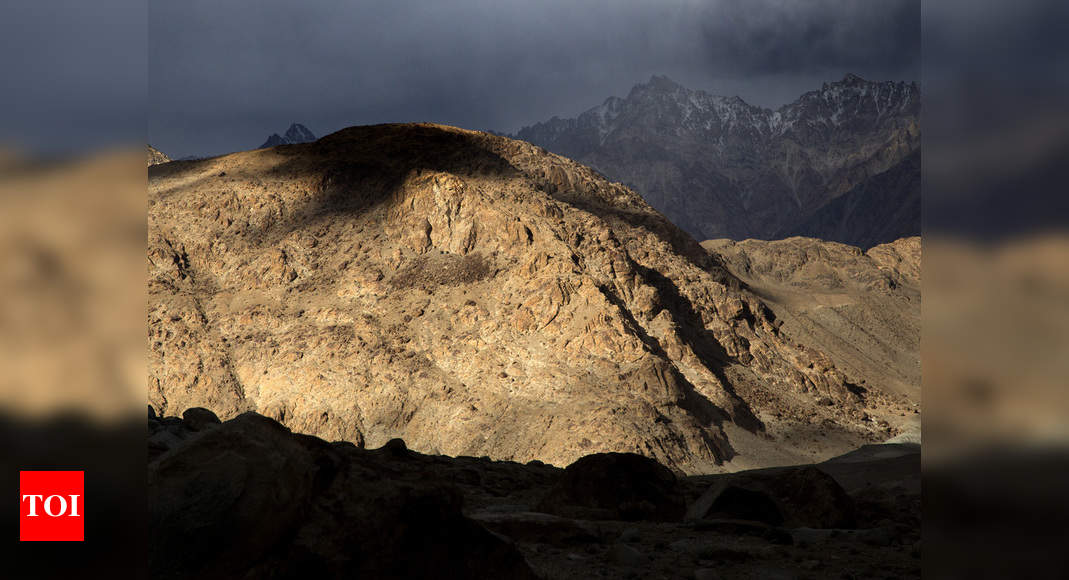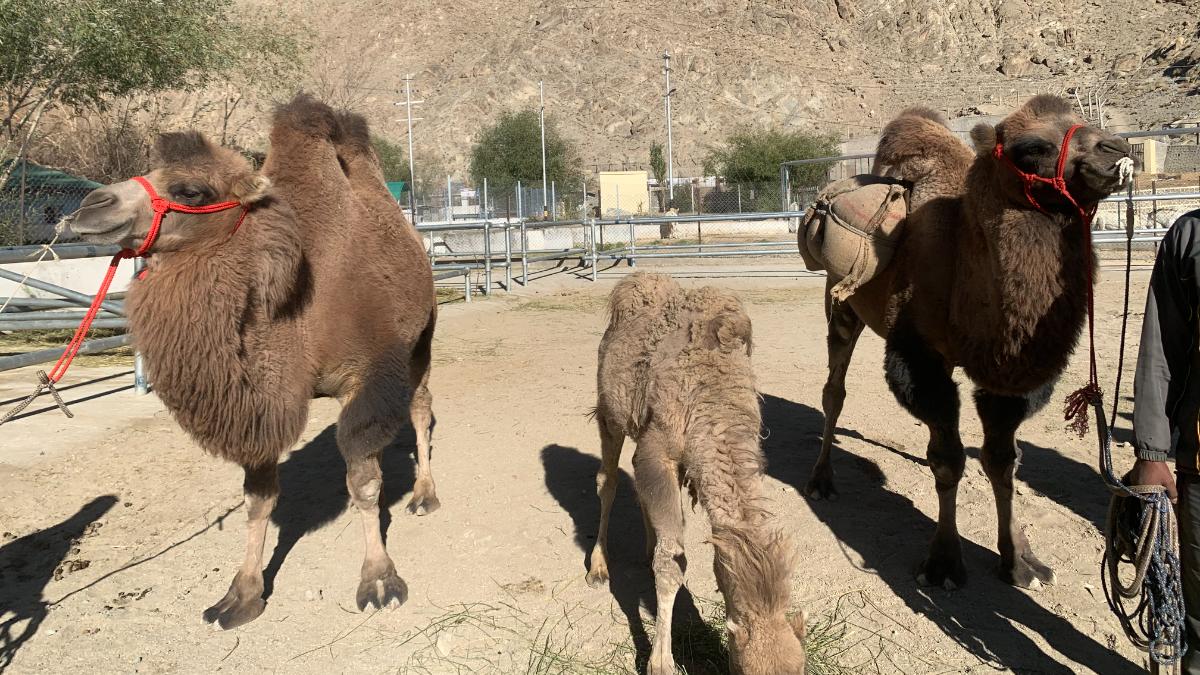LondonParisTokyo
New Member
- Joined
- Oct 15, 2015
- Messages
- 2,971
- Likes
- 8,238
Hopefully it doesn't take 15 years to procure but rather they can have enough for the entire forces within 5 years'Bhabha Kavach': Midhani Masters Armour That Can Stop AK-47 Shots
At a time when India has started facing some tough challenges along the Line of Actual Control with China, an exclusive armour unit to manufacture bullet-proof jackets of international standards and protective gear and to supply bullet-proof vehicles will come up at Mishra Dhatu Nigam Ltd (Midhani) in Hyderabad’s Kanchanbagh area.
The bullet-proof jackets are named ‘Bhabha Kavach’ since the Bhabha Atomic Research Centre (BARC) had developed the technology. These jackets can even stop a bullet fired from an AK-47 as well. A few hundred bulletproof jackets have already been supplied to the paramilitary forces as samples.
“We have mastered the technology to deliver these bullet-proof jackets in huge quantities. We will also be keeping an eye on the ammunition that is developed across the world and make suitable changes accordingly to upgrade the jackets,” said Midhani chairman and managing director Sanjay Kumar Jha.
The bulletproof jackets that are manufactured in Midhani meet the specifications of the Union ministry of home affairs and also the BIS level-6.
Sanjay Kumar said time has come for Midhani to diversify, including having a full-fledged armour plant which will have in addition to bullet-proof jackets, vehicle armoury and also protective gear for the armed forces.
An armoured vehicle which TOI saw at Midhani has features that security agencies will find suitable for use in challenging situations. For example, even if a tyre were to be shot at, the vehicle would still be able to travel a distance of 100 km. This, in technical parlance, is called ‘run flat tyres’ system. The vehicle, described as first-ever Isuzu-based combat vehicle, has several other features too. While its carrying capacity with weapons is seven persons, the vehicle can be used as a quick response team, escort vehicle, troops carrier in counter-insurgency operations and for other operational duties.
Centre’s Atmanirbhar Bharat concept has come as a shot in the arm for the defence public sector enterprise as preference will have to be given to it instead of going for imports. Since Midhani has mastered the technology and proven that it can supply bullet-proof jackets produced indigenously, experts said the armed forces and security agencies could make purchases from Midhani.
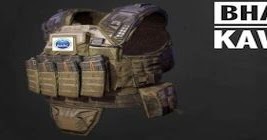
'Bhabha Kavach': Midhani Masters Armour That Can Stop AK-47 Shots
At a time when India has started facing some tough challenges along the Line of Actual Control with China, an exclusive armour unit to...www.indiandefensenews.in


